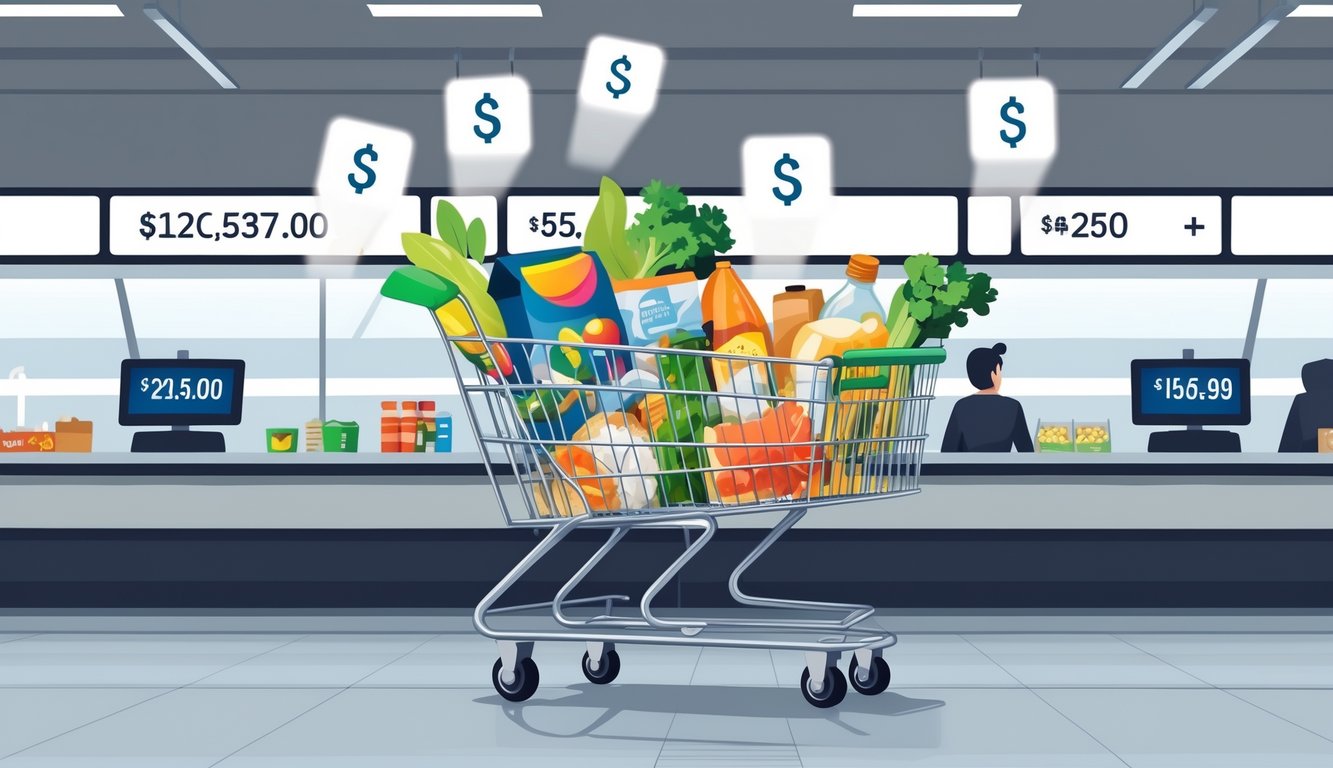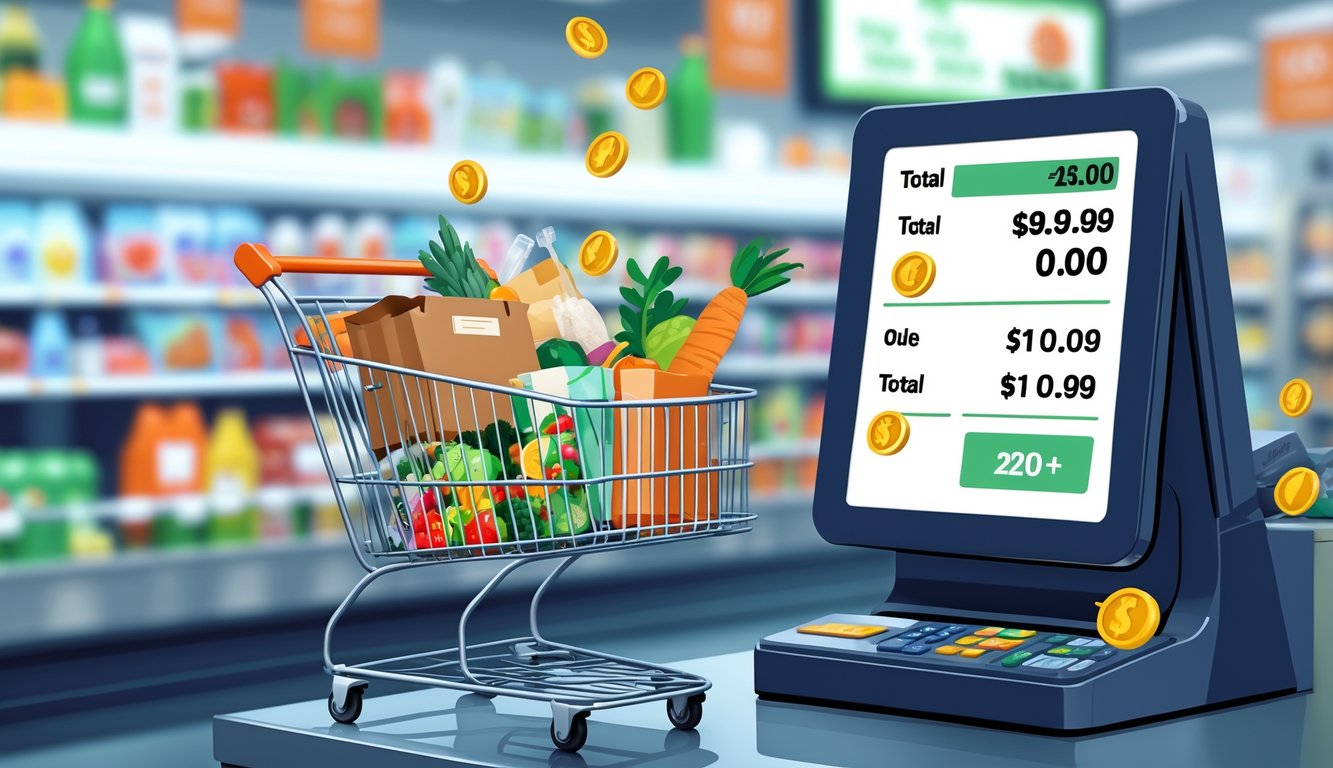
So, I’m just trying to buy some shoes—maybe a serum I don’t need—and the cart looks fine, until, surprise, suddenly it’s $18 more than it was five seconds ago. What even is a “service fee”? “Handling”? Insurance for what, exactly? Shopify’s got this statistic saying more than 1 in 5 people just ditch their carts when that sneaky price jump hits at checkout. Meanwhile, my neighborhood pizza joint still runs their website on something that looks like Windows XP, but at least they don’t spring any weird extra charges. Wish I could say the same for everyone else.
Retailers love hiding extra shipping or “processing” costs until the last possible second, usually below some cluster of promo code boxes I never use. I don’t get it. Databox says unexpected shipping is still the #1 reason people bail on their carts. So all those emails about “free returns”? Not really the answer, huh. I don’t see anyone panicking about SSL certificates when everyone’s just quitting over a $6 “handling” line.
If you’re not showing me the real total upfront, I’m gone. Apparently, so are 70% of other shoppers, especially on mobile, where every tap is like waiting for dial-up (see CMSWire’s data). Were returns always such a headache? I can’t remember a time when refunds didn’t mean decoding a policy written by a lawyer with a grudge. And my dentist? Still mails paper bills, and those somehow always match what they promised. Huh.
Understanding Shopping Cart Totals and Checkout Fees
Just when I think I’m buying a basic shirt—nothing fancy, just something to wear—the total morphs into something else right at the end. I get why stores do this, sort of, but it’s like someone’s editing the bill behind a curtain. Fees just sneak in, no alert, just pop up like they’ve always belonged there.
What Are Shopping Cart Totals?
I hit checkout, thinking the price I saw is the price I’ll pay. Nope. That’s just the starting point. The “shopping cart total” is basically a teaser, not the real deal. One time I thought $79 for shoes was the damage, but after taxes and whatever else, it ballooned to $94.
Trusting the cart preview? Rookie mistake. Shopify says over 60% of us walk away when the cart total jumps at the end. Can’t blame anyone. Shipping, deposits, “digital services” (for socks?!)—all of it gets crammed in at the last second. I mean, would a brick-and-mortar store ever try this and get away with it? No chance.
The Rise of Quiet and Hidden Fees
Hidden fees are the worst. “Regulatory compliance fee”? “Mandatory shipping insurance”? Never mentioned until the last step. Saw it with Shein last month—a $22 sweater became $29. Not cool. Here’s the breakdown.
ShipSage says most people bail on their carts because of these last-minute fees. You’d think brands would stop, but nope. Been in UX forever, and I’ve watched sites split up mandatory costs into weird line items just to make the product look cheap. It’s clever, but it just teaches people to run the next time.
Would anyone be okay with a grocery store that adds a 15% “bagging convenience fee” at the register with no sign? Who would put up with that? But online, it’s just normal, apparently. Even the progress bar at checkout—half the time, it’s just there to distract you while the fees pop up.
Types of Unexpected and Quiet Fees at Checkout

Every time—every single time—I see a $25 pair of shorts turn into $41.82 at checkout. It’s not just the sticker shock; it’s the feeling that everyone else expects this and nobody’s happy about it.
Shipping Fees and Delivery Charges
So, I add sneakers to my cart. Seems simple. Then, bam—shipping. Not just one fee, but a menu: standard, express, “eco” shipping, signature surcharge, “fuel” fee (which, what does that even mean?). Last year, Nicole Price (she’s a CMO I talked to) admitted her brand loses 40% of customers at checkout if shipping fees show up late. That’s not an accident.
Supposedly, unexpected shipping costs are the biggest reason for abandoned carts. I checked the survey; seems legit. People say to check “estimated shipping” before you start, but most stores don’t bother. Maybe to keep the price shiny, or maybe just to trap people like me. Sometimes local pickup helps—until they tack on “handling” anyway.
Taxes and Regulatory Charges
You’d think taxes would be straightforward. They’re not. State, county, city, VAT, “eco” fees, “electronics recycling” (for earbuds? seriously?). None of it’s up front. I bought a $10 gadget and got hit with a $1.53 “electronic disposal” fee at checkout. Was I recycling or just buying headphones? Sometimes they say it’s “required by law,” but hiding it until the end feels shady. Stripe says late taxes are in the top three reasons people quit their carts.
Sellers argue about this: show taxes early or wait until the end? My accountant’s all about transparency, but most stores just say “taxes calculated at checkout.” If you’re shopping cross-border, brace yourself for “import duty” and “customs handling” fees—never in bold, always lurking.
Payment Processing Fees
Here’s something I didn’t realize until recently: tons of stores just pass payment processing fees straight to you. I thought it was a myth, but then my favorite coffee shop hit me with a $2 “card handling” fee. Tried PayPal? $3. Apple Pay? Slightly less, but still a fee. Payment providers (Stripe, Square, PayPal) charge stores, but some just shove it onto us.
Shopify’s guide says people bail more when payment fees show up at the end. Makes sense. Sometimes there’s a table showing “no extra charge” for certain methods, but in reality, weird charges appear based on currency, method, or even time of day (like, “should’ve checked out at 8 a.m.”—seriously?). Forums all say, “Be transparent.” Yet I still see “service fees” that only show up after I enter my address, and half the time, I have no idea what they’re for.



